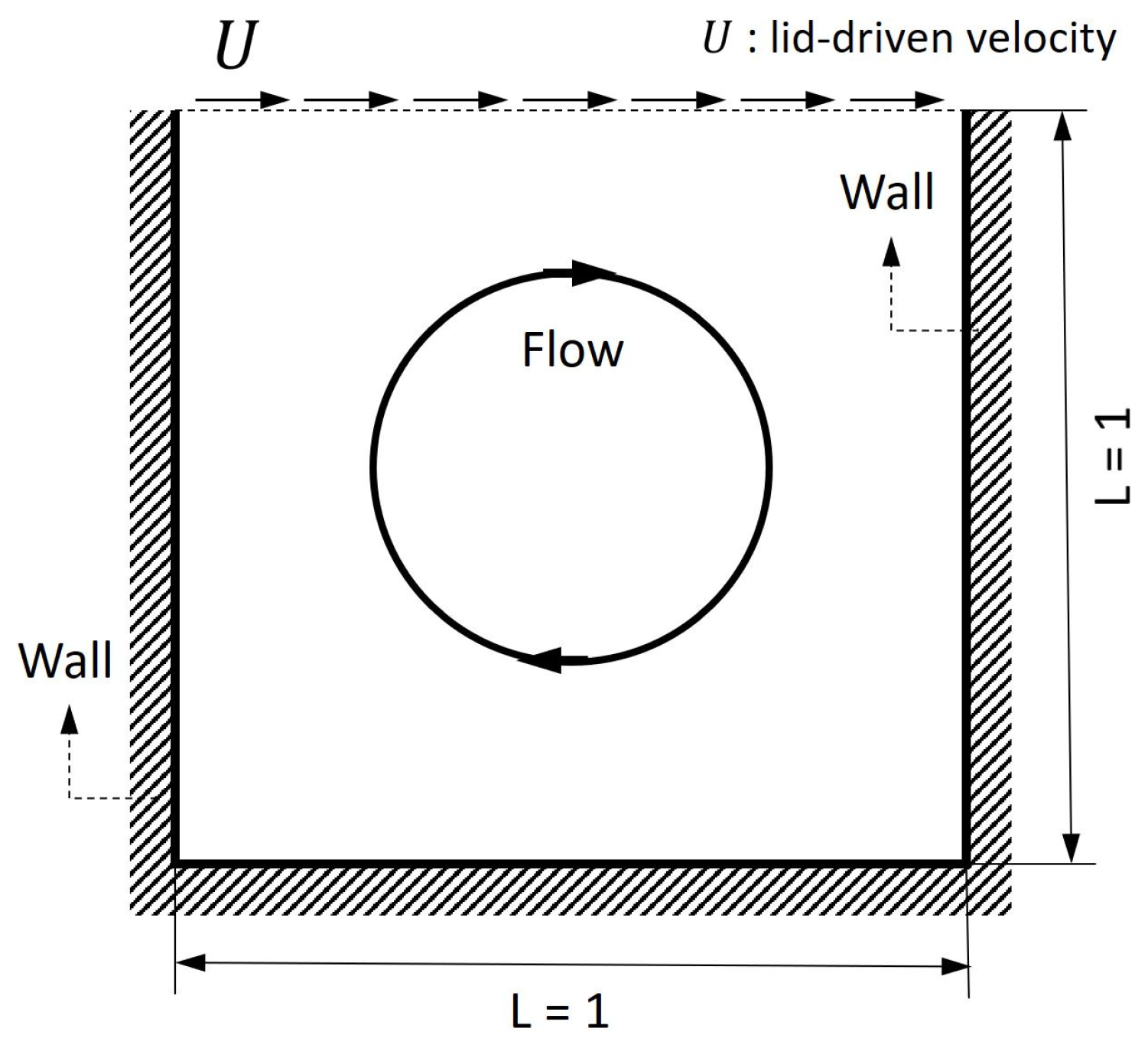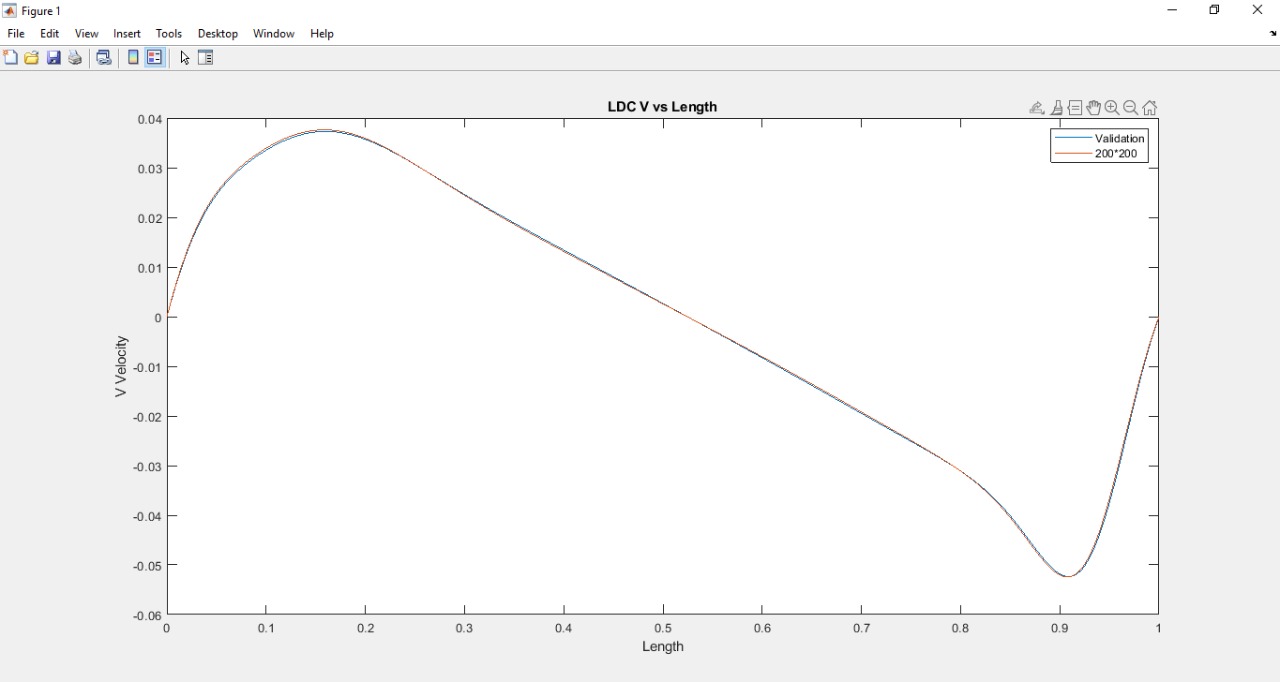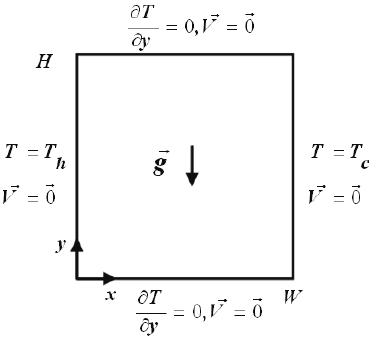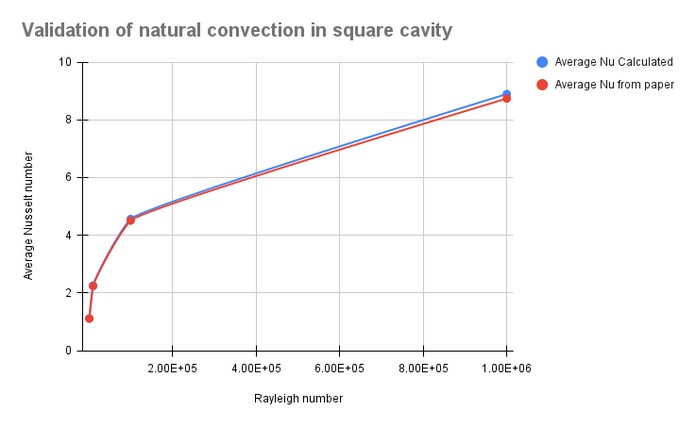Mentors
- Kaustubh
- Viba R Udupa
Aim
The project involved developing an LBM solver to simulate simple benchmark Two-Dimensional flows using C programming and MATLAB.
Introduction
Lattice Boltzmann Method (LBM) is a mesoscopic simulation that uses probability distributions of particle interactions to analyze macroscopic behaviours. The method offers highly simplified models for fluid flows by incorporating fictitious particles that move across a grid and collide with each other at grid points on uniform “Lattices”. The traditional processes such as CFD, FDM, FVM, and FEM require solving complex partial differential equations of the flow, which is computationally expensive. The Lattice Boltzmann method is a discrete numerical method based on the Boltzmann equation. The computation is simplified with linear governing equations. When compared to conventional CFD techniques, the model can easily be made to mimic real-life flows by using three parameters of lattice size, particle velocity, and a collision operator.

Literature Survey
Fluid dynamics simulation using numerical methods is a very hot topic in the past few decades. The traditional processes such as CFD, FDM, FVM, and FEM require solving complex partial differential equations of the flow, which is computationally expensive. (Mohamad). The Lattice Boltzmann method is a discrete numerical method based on the Boltzmann equation (Perumal and Rajan). The computation is simplified with linear governing equations. The absence of matrix inversions allows for the process to be parallelized. LBM is a mesoscopic simulation that uses probability distributions of particle interactions to analyze macroscopic behaviours. The method offers highly simplified models for fluid flows by incorporating fictitious particles that move across a grid and collide with each other at grid points on uniform “Lattices” (Gupta). The lid-driven cavity is a well-known benchmark problem for viscous incompressible fluid flow. The problem geometry is simple and two-dimensional, and the boundary conditions are also simple. The standard case is fluid contained in a square domain with Dirichlet boundary conditions on all sides, with three stationary sides and one moving side with velocity tangent to the side (CFD Online). Several studies are carried out to simulate the lid-driven-cavity problem with varying grid sizes, different Reynolds numbers, and with obstacles inside the cavity using the D2Q9 grid model. (Musik and Jaroensutasinee ) (Perumal and Rajan).
Numerical Simulations
Lid Driven Cavity
Lid driven cavity is an idealized representation of several engineering scenarios such as flow over cutouts and repeated slots on the walls of heat exchangers or on the surface of aircraft bodies. It has a simple geometry making it easier to code and apply boundary conditions which is why it is a standard benchmark problem for viscous incompressible flows to test numerical methods.
Geometry and Conditions Imposed
The geometry is shown in the figure. The geometry is a square cavity consisting of three rigid walls with no-slip conditions and a lid moving with a tangential unit velocity.

We are interested in the velocity and streamline distribution for a Reynolds number of 100, 300, and 1000.
Method
The Lattice Boltzmann Method was applied to isothermal, incompressible flow in a two-dimensional square domain. The geometry is the same as what is described in the previous section and the velocity boundary conditions are imposed only while temperature distribution is omitted.
The lid velocity was taken to be 0.1 lattice units and the study was performed for various Reynolds numbers (100, 300, and 1000). The moving lid shears the surface layer of the fluid creating a recirculating flow within the cavity.
A grid independence study was performed to select the best grid size that gave good numerical accuracy and utilized the minimum computational resources. The grid sizes of 100 x 100, 200 x 200, and 300 x 300 were considered and the grid 200 x 200 was found to be the most effective. All further simulations were performed on the same grid.

Results
Velocity and streamline plots for Reynolds number 100

Velocity and streamline plots for Reynolds number 1000

Natural Convection in a Square Cavity
Natural convection is a method of mass and heat transport with the absence of any external force and fluid motion occurs due to the difference in densities at different parts. This is set up in the cavity by heating the west boundary and cooling the east boundary.
Geometry and Conditions Imposed
The geometry is the same as what is described in the previous section and the no-slip velocity boundary conditions are imposed with normalized west boundary temperature set to 1.0 and east boundary temperature set to 0.0 with the adiabatic boundary conditions imposed on the north and south boundary walls. The simulation has been carried out for a wide range of Rayleigh numbers (1000, 10000, 100000, and 1000000). The average Nusselt number is calculated and validated with a published research paper.

We are interested in the temperature and streamline distribution for a Rayleigh number of 1000, 10000, and 1000000.
Method
The Lattice Boltzmann Method was applied to isothermal, incompressible flow in a two-dimensional square domain. The geometry is the same as what is described in the previous section and the velocity boundary conditions are imposed only while temperature distribution is omitted.
The lid velocity was taken to be 0.1 lattice units and the study was performed for various Reynolds numbers (100, 300, and 1000). The moving lid shears the surface layer of the fluid creating a recirculating flow within the cavity.
A grid independence study was performed to select the best grid size that gave good numerical accuracy and utilized the minimum computational resources. The grid sizes of 100 x 100, 200 x 200, and 300 x 300 were considered and the grid 200 x 200 was found to be the most effective. All further simulations were performed on the same grid.

Results
Temperature, isotherms and streamline plots for Rayleigh number 1000

Temperature, isotherms and streamline plots for Rayleigh number 1000000

Conclusion
- In the study, we have successfully developed a fluid flow solver using Lattice Boltzmann Method.
- We have simulated the standard benchmark problem of lid driven cavity for different reynolds number and studied the natural convection in cavity.
- Grid independence study was performed to optimize computational resources and the results were validated.
References
- A, Mohamad A. Lattice Boltzmann Method Fundamentals and Engineering Applications with Computer Codes. Springer, 2011
- Gupta, Amit, creator. Course lectures on Lattice Boltzmann Method (LBM). IIT Delhi, 2021. YouTube
- Musik, Panjit, and Krisanadej Jaroensutasinee. “Two Dimensional Lattice Boltzmann Method for Cavity Flow Simulation.” Walailak J Sci & Tech, vol. 1, no. 1, 2004, pp. 53-70. Research Gate
- Perumal, Arumuga D. “FLOW DYNAMICS OF LID-DRIVEN CAVITIES WITH OBSTACLES OF VARIOUS SHAPES AND CONFIGURATIONS USING THE LATTICE BOLTZMANN METHOD.” Journal of Thermal Engineering, vol. 7, no. 13, 2021, pp. 83-102. MDPI
- Y. Peng, C. Shu, and Y. T. Chew, “Simplified thermal lattice Boltzmann model for incompressible thermal flows”, PHYSICAL REVIEW E 68, 026701 ~2003